Selecting the best reference track is essential for successful music production. This track helps your mixing and mastering engineers understand your vision. It ensures the final result reflects the sound and quality you want. Without a good reference track, your expectations may be lost in translation. Let’s dive into how to choose and use a reference track effectively.
Why Do You Need the Best Reference Track?
Your Best Reference Track Clarifies Your Vision
The best reference track makes it easier to communicate your goals. Engineers understand what you mean by terms like “bright,” “warm,” or “balanced” when you show an example.
Guides Production Quality
A good reference track shows the desired EQ balance, dynamics, and overall tone. It keeps the mixing and mastering process on track.

How to Choose the Right Reference Track
Match Your Genre For Your Best Reference Track
Choose a reference track that aligns closely with your music’s genre. For example, a pop song should have a polished pop reference track.
Focus on High-Quality Production
Select a professionally produced track that highlights the qualities you want, such as clear vocals or deep bass.
Consider the Dynamics
Pick a track with dynamics similar to your music. If your song has quiet verses and loud choruses, find a reference with the same energy flow.
Common Mistakes When Selecting a Reference Track
Choosing Tracks Outside Your Genre
A track from another genre can confuse engineers. For instance, a jazz track won’t guide a rock mix properly.
Using Overly Polished Tracks
Highly processed tracks may set unrealistic expectations. Instead, choose tracks with balanced and achievable production.
Skipping the Reference Track Altogether
Not providing a reference leaves engineers guessing, which can lead to mismatched results.
Transform your next hit?
Tips for Using the Best Reference Track
Your Best Reference Track Communicate Clearly
Point out specific elements in the reference track. For example, say, “I love how the drums punch in this track,” or “The vocal reverb here is perfect.”
Use It as a Guide, Not a Rule
Your music should be unique. The reference track is only a tool to inspire the process, not a blueprint to copy.
Provide More Than One Example For Your Best Reference Track
If necessary, include secondary tracks for additional guidance. However, make sure they all reflect a cohesive vision.
FAQs About the Best Reference Track
What is a reference track?
It’s a professionally produced song that guides the mixing and mastering process.
Why is a reference track important?
It helps communicate your desired sound clearly to the engineers.
How do I choose a reference track?
Match your genre, focus on production quality, and consider the dynamics of your song.
Can I use multiple reference tracks?
Yes, but keep them relevant to your music. Too many examples can confuse the engineer.
Should I always provide a reference track?
Yes, it ensures your vision is understood and achieved.
Conclusion
The best reference track bridges the gap between your ideas and the final mix. It ensures your music meets your expectations by guiding engineers through your vision. By choosing a track that aligns with your genre, dynamics, and quality goals, you set your project up for success. With clear communication and thoughtful preparation, your music will sound exactly as you imagined.





